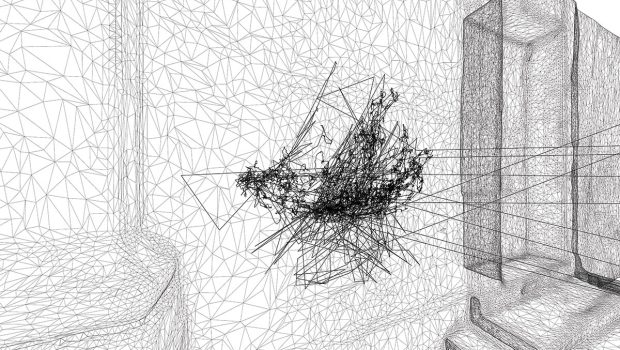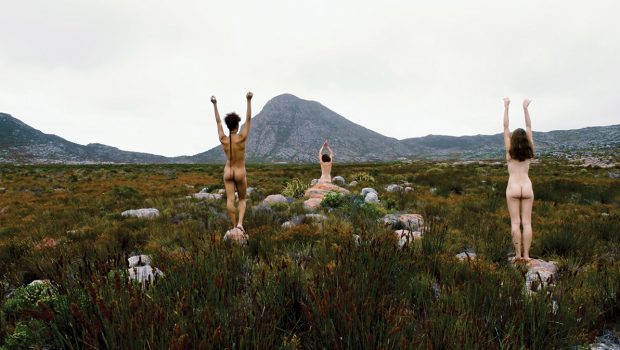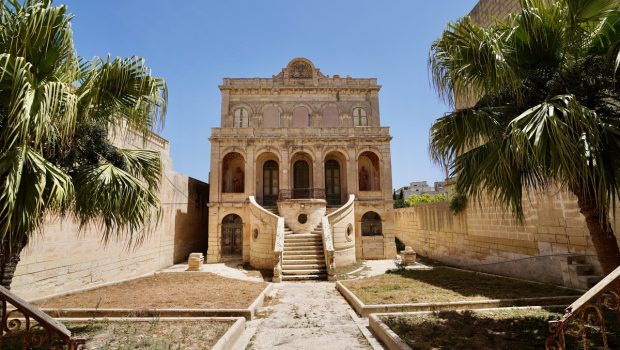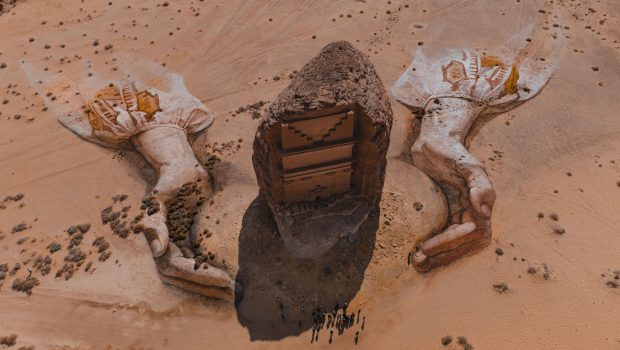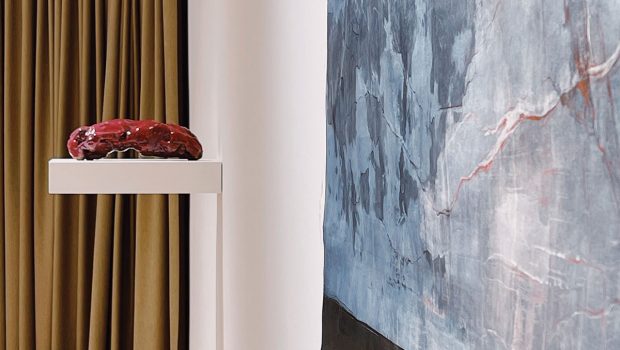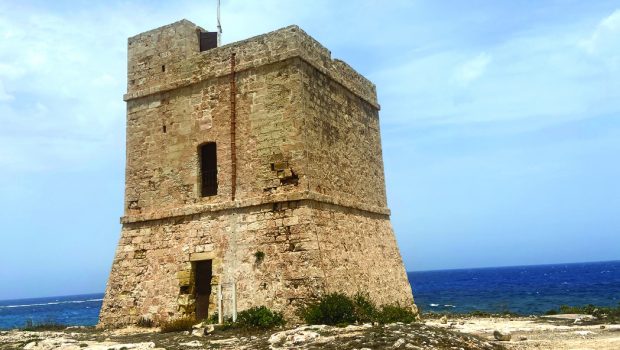The Technology of Noticing Oneself
In Provence this summer for the Aix Festival, I decided to drive up to Château LaCoste in Le Puy Sainte Réparade to take in one of the more unusual acts on a crowded schedule of opera: a 15-minute virtual reality opera called Eight, which had premiered at the Holland Festival in June. I’ve been reading books by Jaron Lanier, one of the inventors of virtual reality – he’d given me the idea that I could actually go into a virtual reality installation and come out alive.
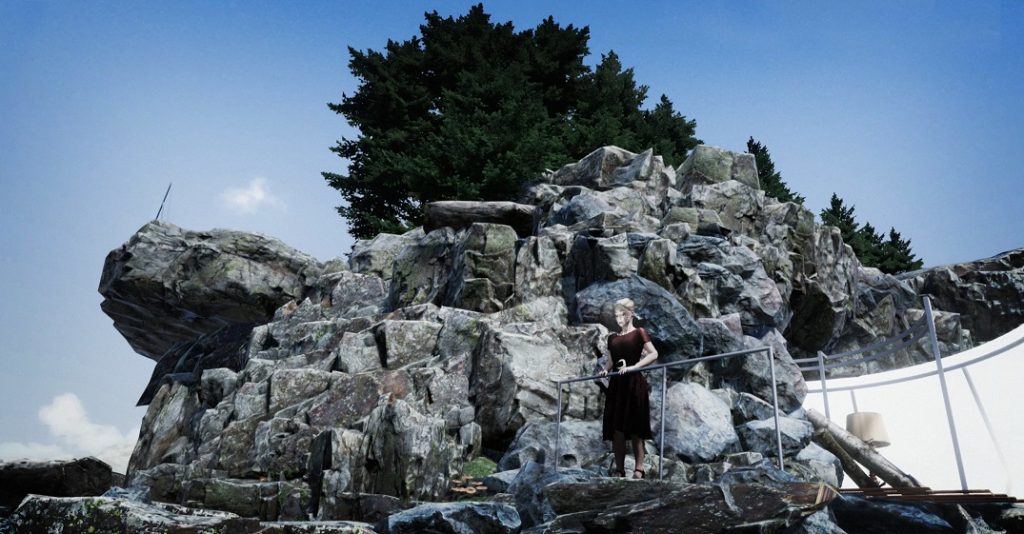
Still from Eight, courtesy of doubleA Foundation
Though it’s billed as a virtual reality opera, Eight is actually a mixed reality environment, using song as the audio. Lanier talks about early experiments with virtual reality sound, and I understand it’s still beyond the technology to get an avatar to realistically engage in conversation. Thus: singing, which is more of a flow of sound than speech. Mixed reality has always been the hardest way to present virtual reality; it requires physical presence and the devilishly human sense of haptics – the ability to understand something by touching it. And so, you enter the Eight experience by walking between two wafting walls of fabric and there you are greeted by an avatar, and she is singing.
For the next 15 minutes, decked out in a major headset and earphones, I walked along a little path into other worlds. The story is that you are greeted by a woman who invites you on a journey through her earlier life and so we meet her again as a younger woman with limitless power and as a child full of wonder, and fear. There’s a big element of trust in this experience and some of it has got to do with the way you relate to an avatar. Lanier warns that some creators of virtual reality fall into what is known as the ‘uncanny valley’: ‘When an avatar is weird but expressive, the brain is intrigued. When an avatar is just slightly off, then the brain panics.’ I noticed the avatars never looked directly at me, they kind of stared off over my right shoulder – weird. I got a bit braver as the experience went on, but never quite stirred up the courage to touch an avatar. If I did it again, I might.
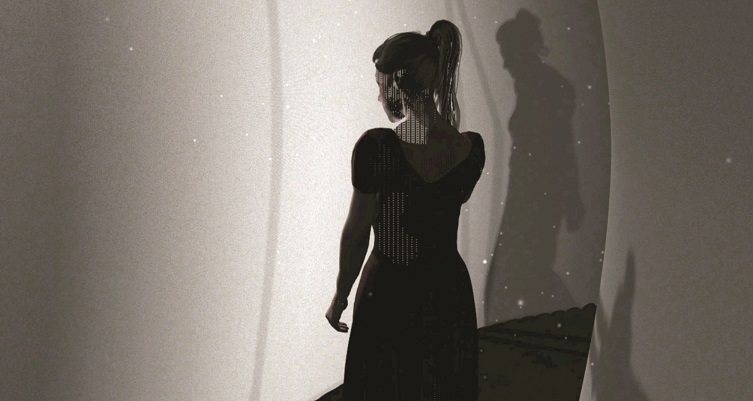
But I did trail along with them, trusting, through a rockfall and the ghostly presence of figures just beyond vision. At one point, I was standing at what seemed to be the edge of the world with a huge, sweeping vista at my feet and there was no way I was going to advance another step despite the avatar’s friendly entreaties, because I felt I might fall a very long way down. I did agree to sit on the floor with an avatar child, under a table, while she sang away. Eight is so-named because if you write eight as a numeral and put it on its side, it’s the symbol for eternity. Eternity in 15 minutes? The composer/director, Michel van der Aa, says that anything shorter than 15 minutes would be ‘unsatisfactory’, but longer might make people feel sick. Lanier says people used to compare virtual reality to hallucinogenic drugs because they could both make you throw up. For a while Timothy Leary was a big fan.
One message Lanier wants to get across is that virtual reality is not so much an ‘escape’ from the real world, but instead an intriguing puzzle for our much-underused brains. Instead of being on the outside, for example, thinking of a molecule, get inside and ‘think like a molecule: your brain is waiting for the chance’. He says it’s a good thing we are living in the age of fake news on social media – essentially mis-stated text, unsubstantiated claims – because what’s coming is ‘fake reality’, a combination of sensory and visual stimulants that will be very hard to detect. We’ve got to educate our senses to know what is real and what is not. This is not a game anymore: technology firms including Facebook, Apple, Amazon and Microsoft have backed a Partnership on AI to launch a ‘deepfake challenge’, with leading universities including MIT, Cornell and Oxford. The legitimacy of online information and perhaps the health of democratic institutions are at stake.
There is another element to experiencing virtual reality that Lanier calls ‘the technology of noticing oneself’. He says that virtual reality’s greatest value is as a ‘palate cleanser’, which is to say that it takes you so far out of the humdrum of daily life that you can’t help but view it with fresh eyes after a virtual reality experience. I was secretly testing this idea as I drove away from Château LaCoste: did the world look different? Unfair question, really, as I’ve lived in Malta for 10 years and I was driving through French countryside. Were all those green things, trees? But I did notice things differently when I got home, not all the time, but especially to do with detail and light. I found myself examining shadows for no good reason. I found a grasshopper and gave it to a friend. She seemed surprised.
Eight is a collaborative project with Michel van der Aa and designer Theun Mosk and The Virtual Dutch Men, featuring singer-songwriter Kate Miller-Heidke and the Nederlands Kamerkoor.

Still from Eight, courtesy of doubleA Foundation


